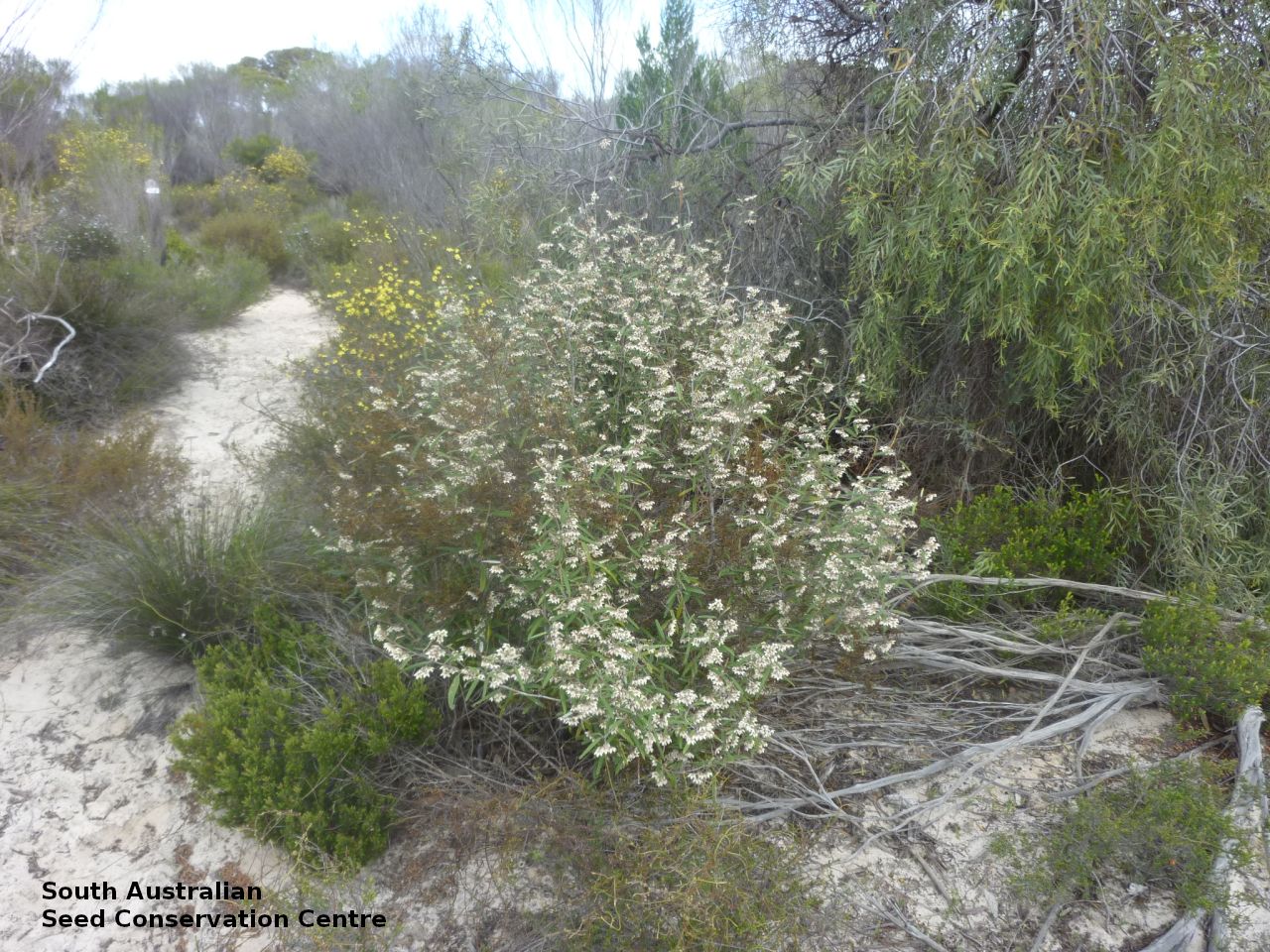
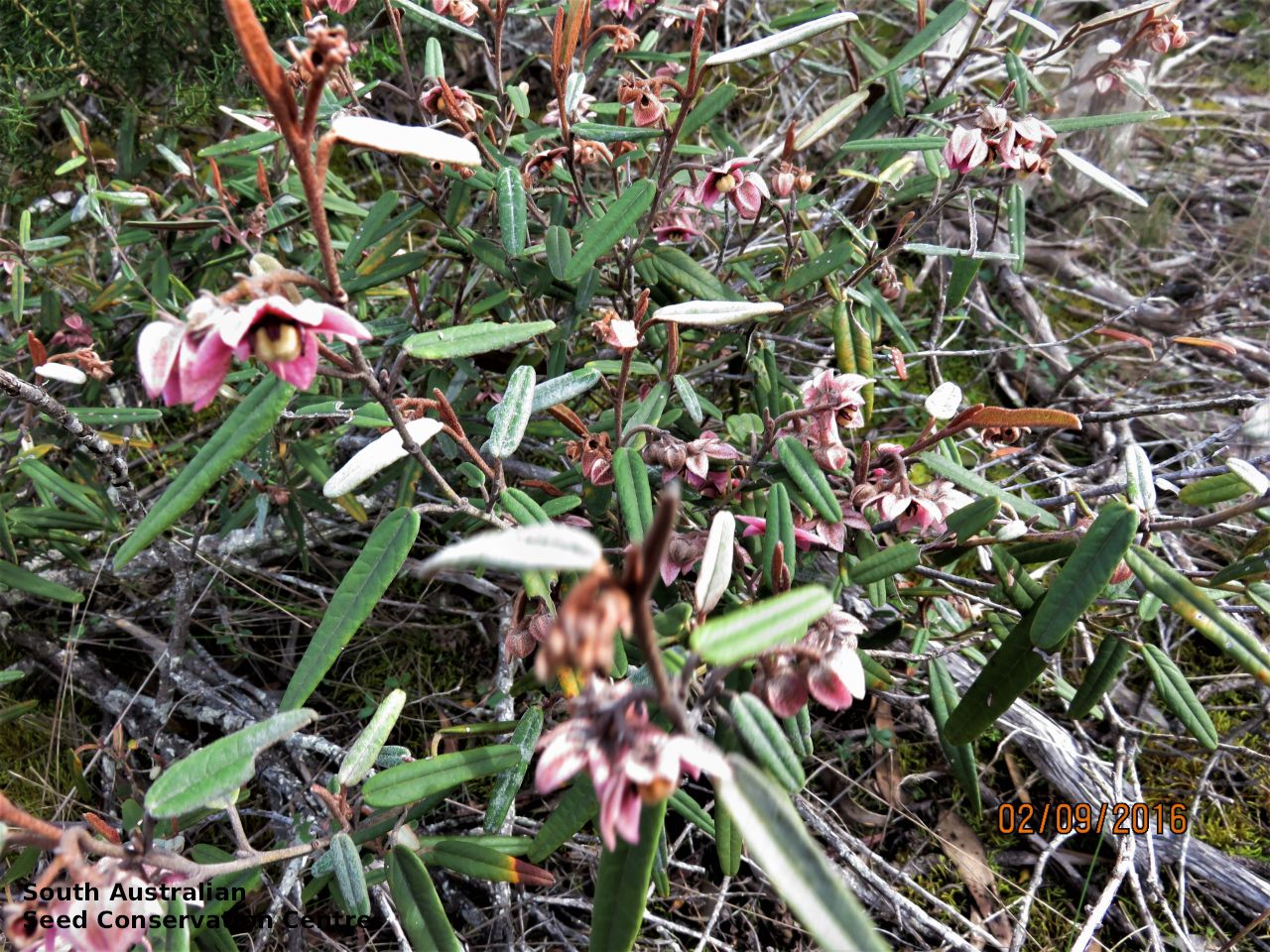
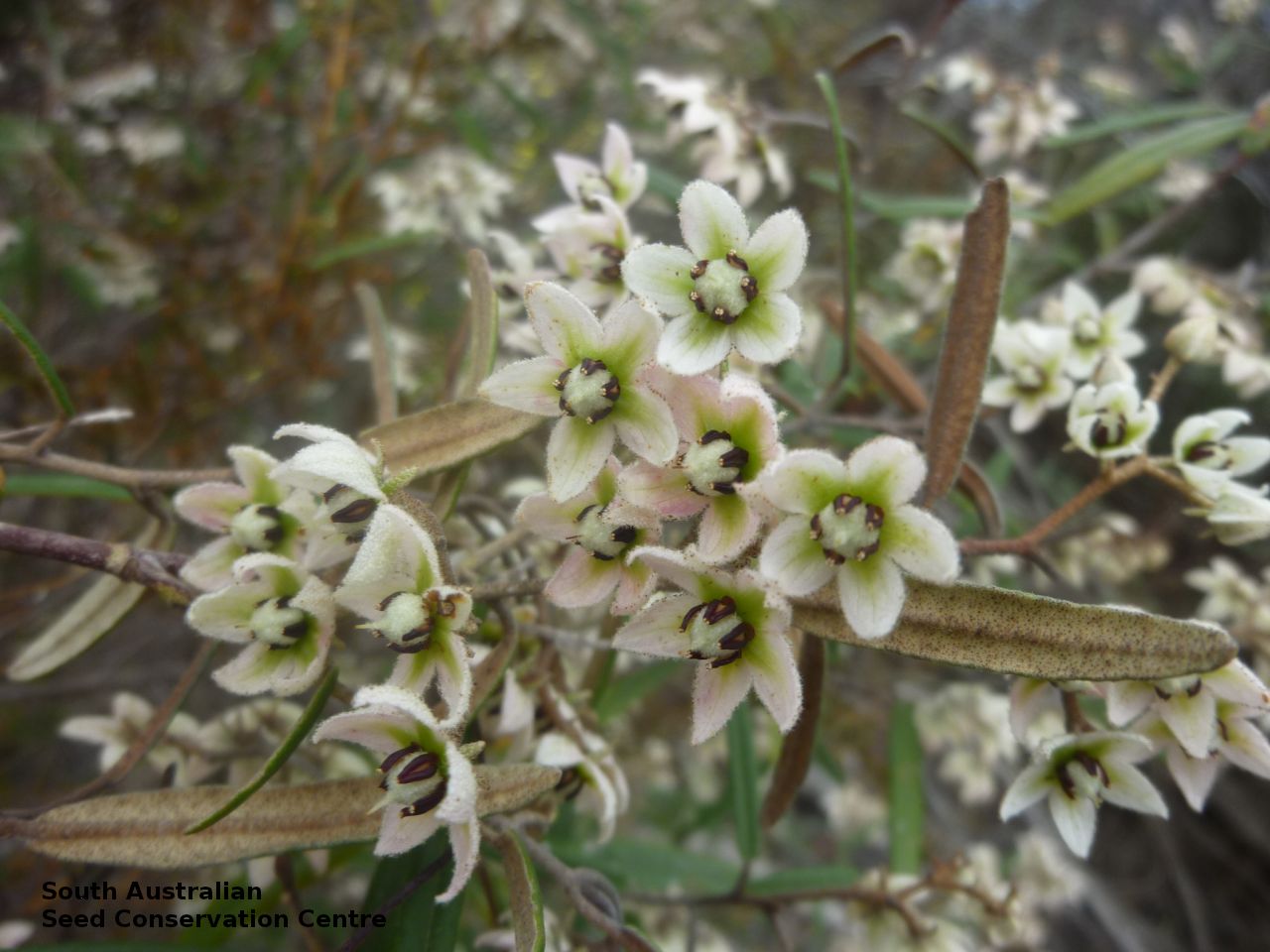
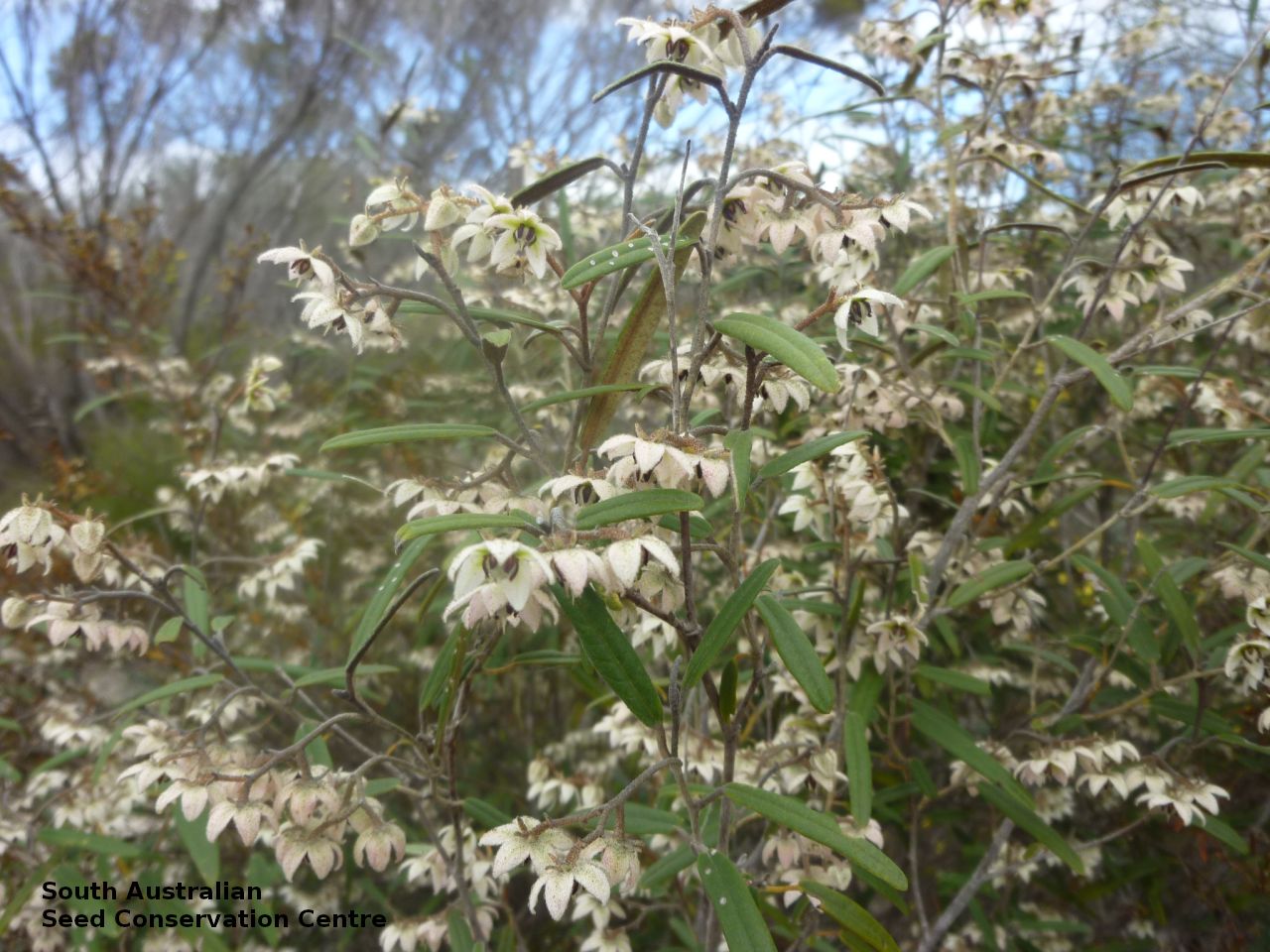
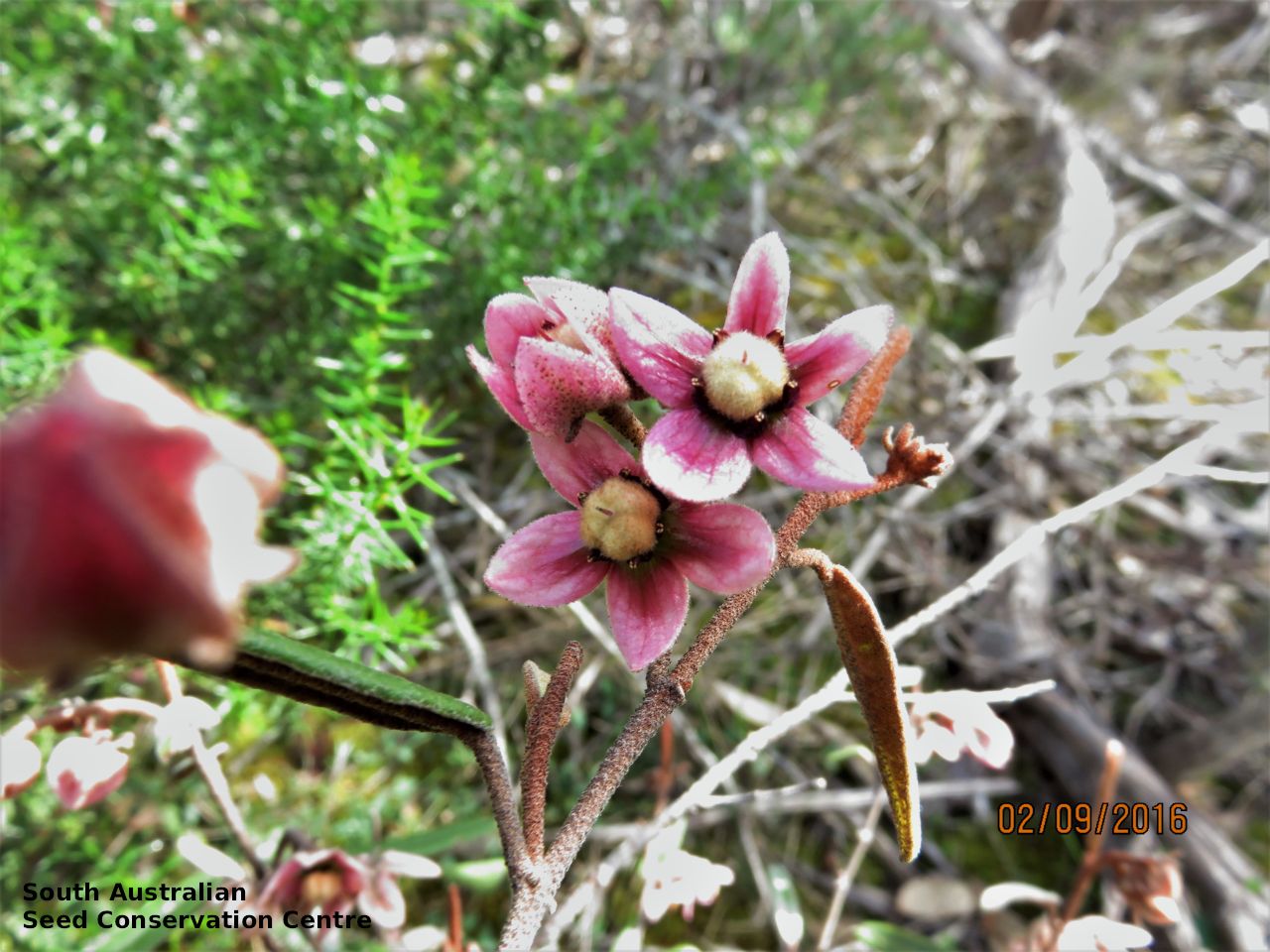
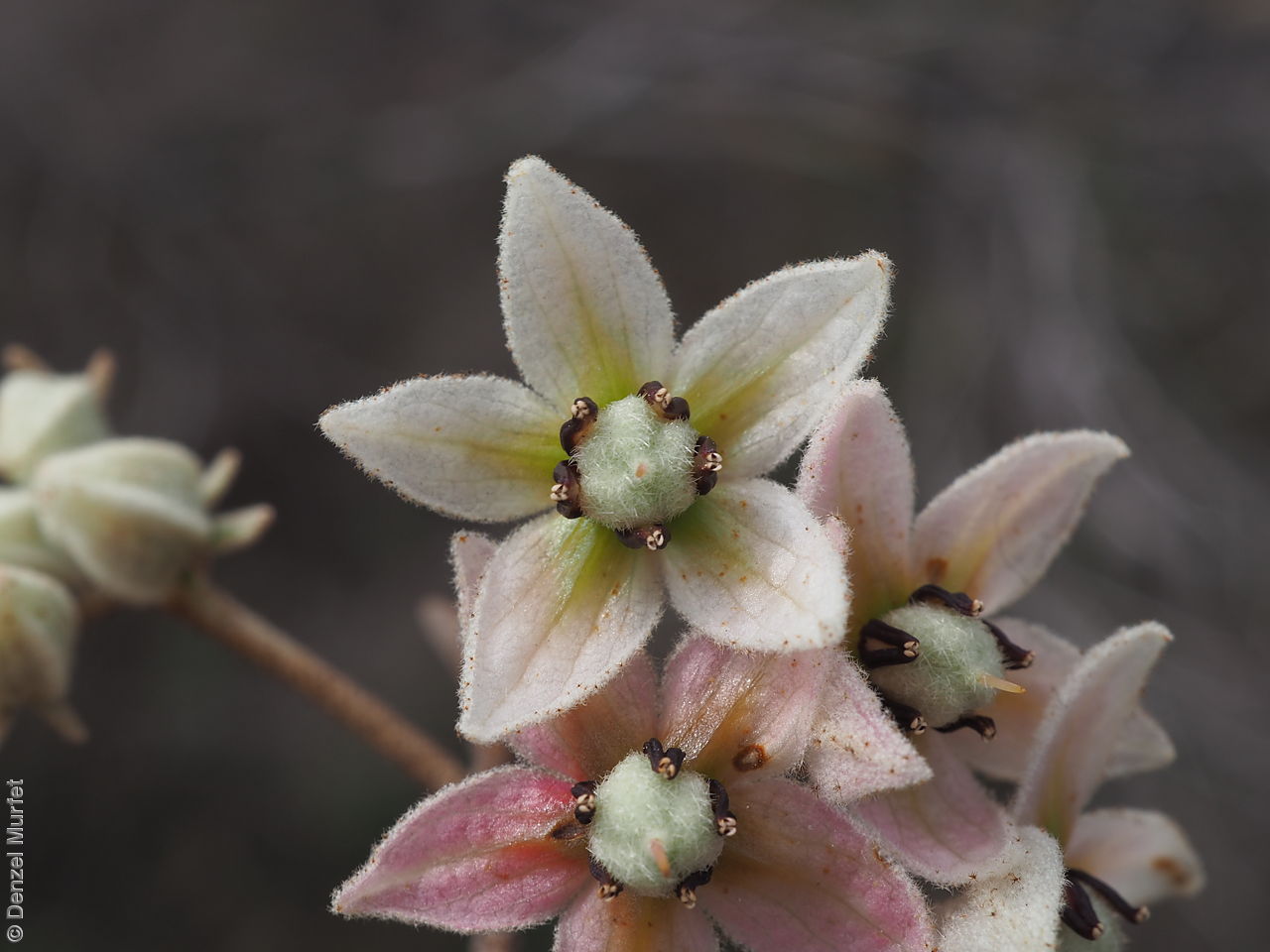
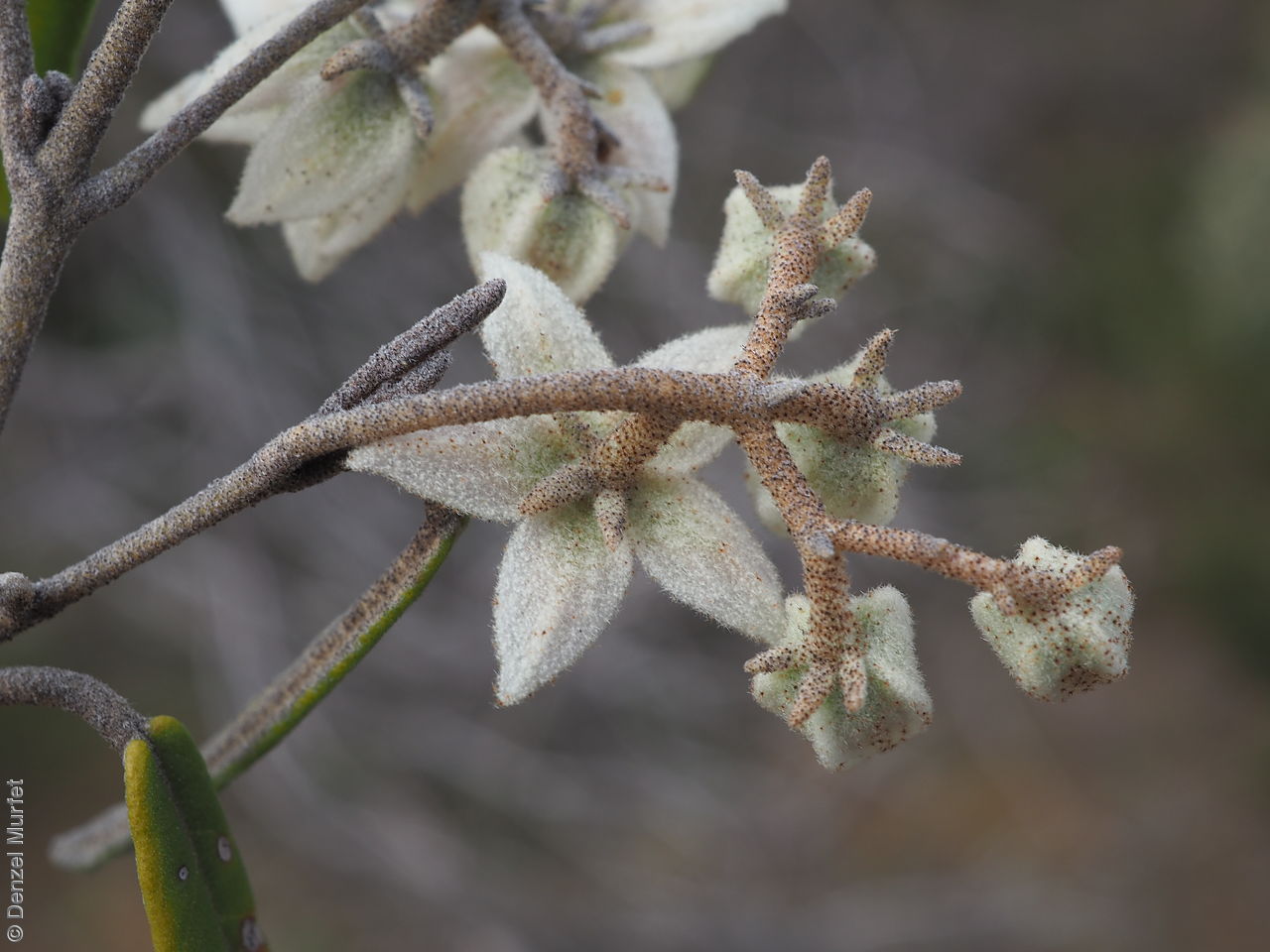
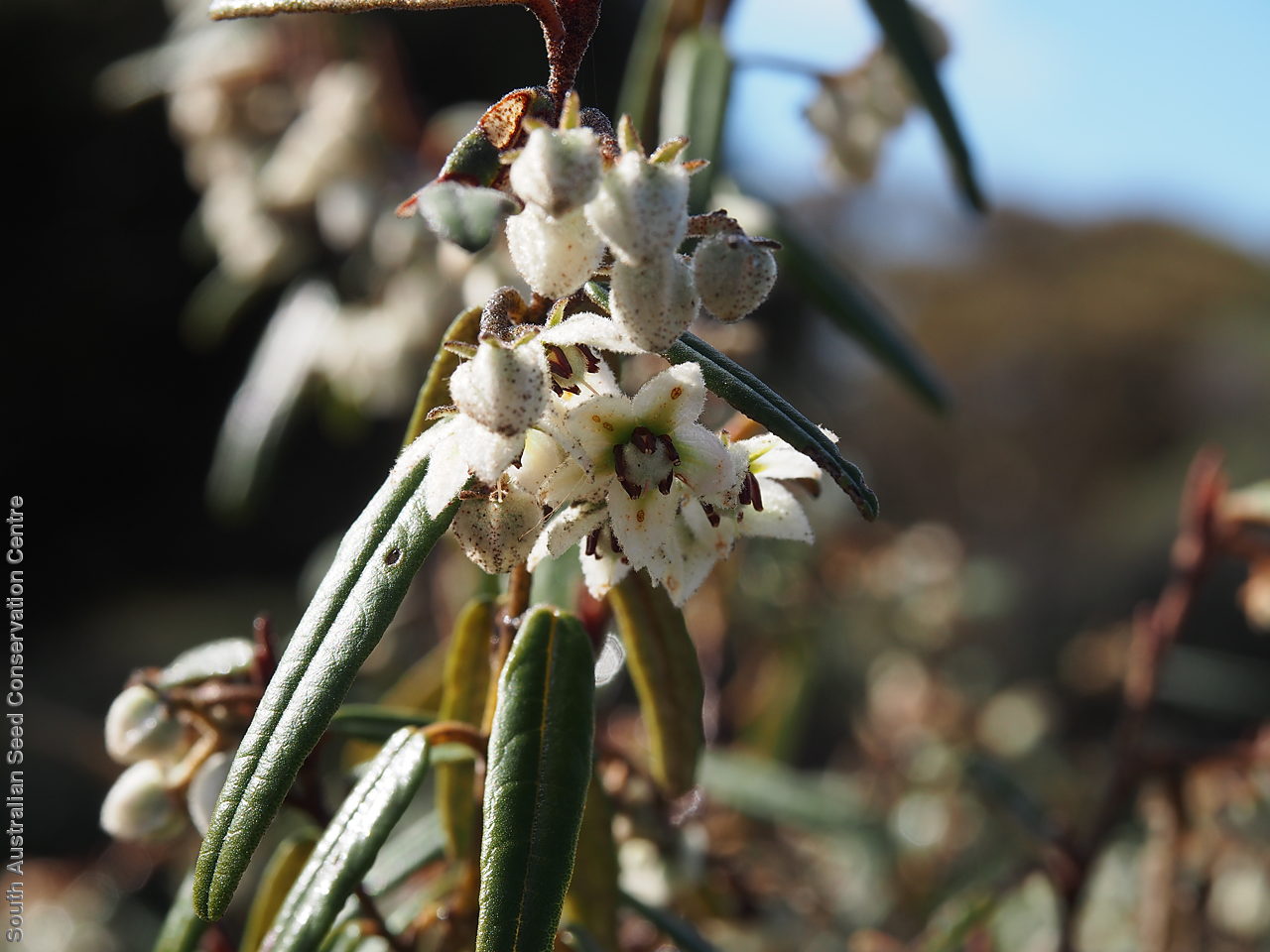
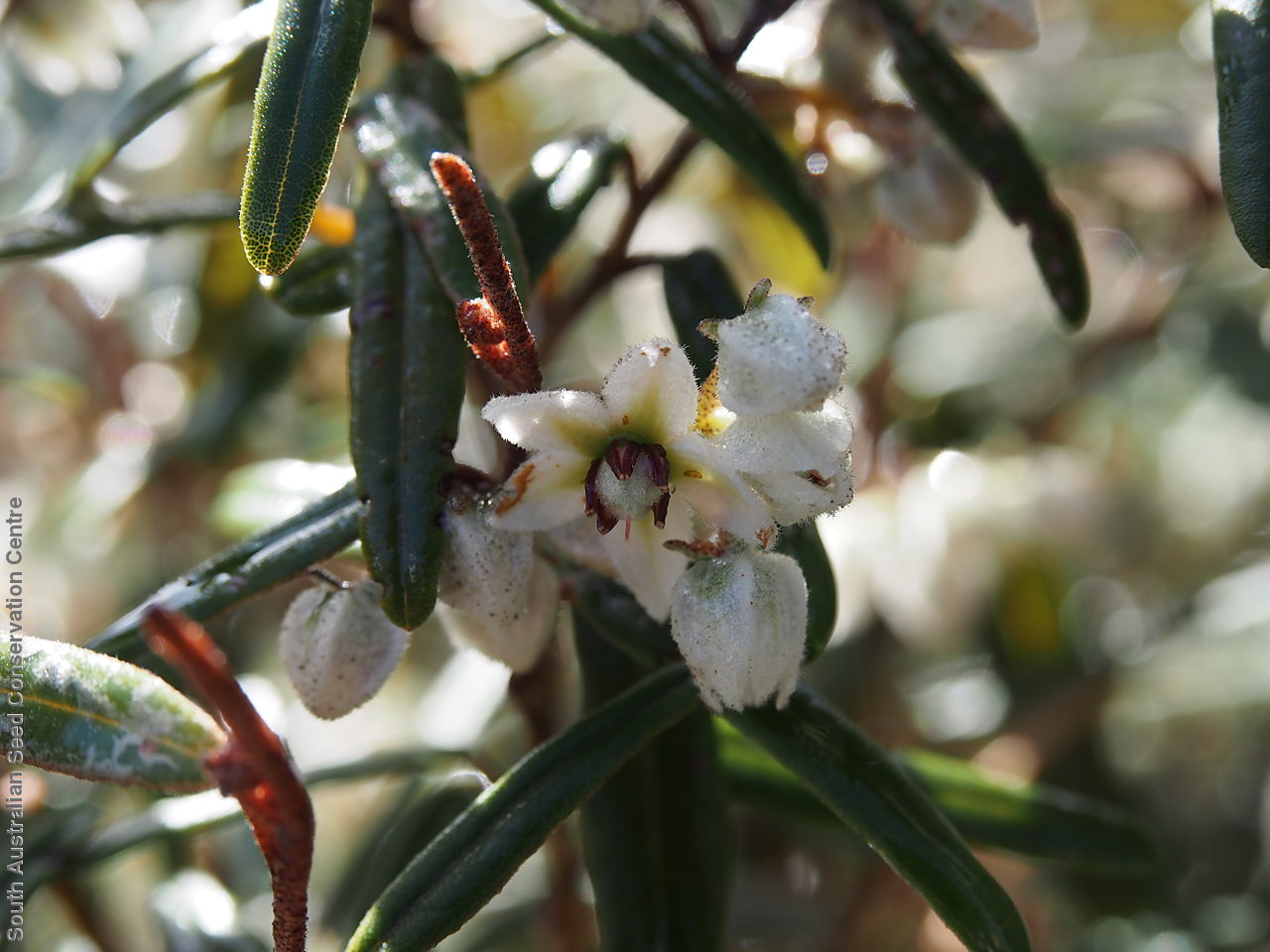
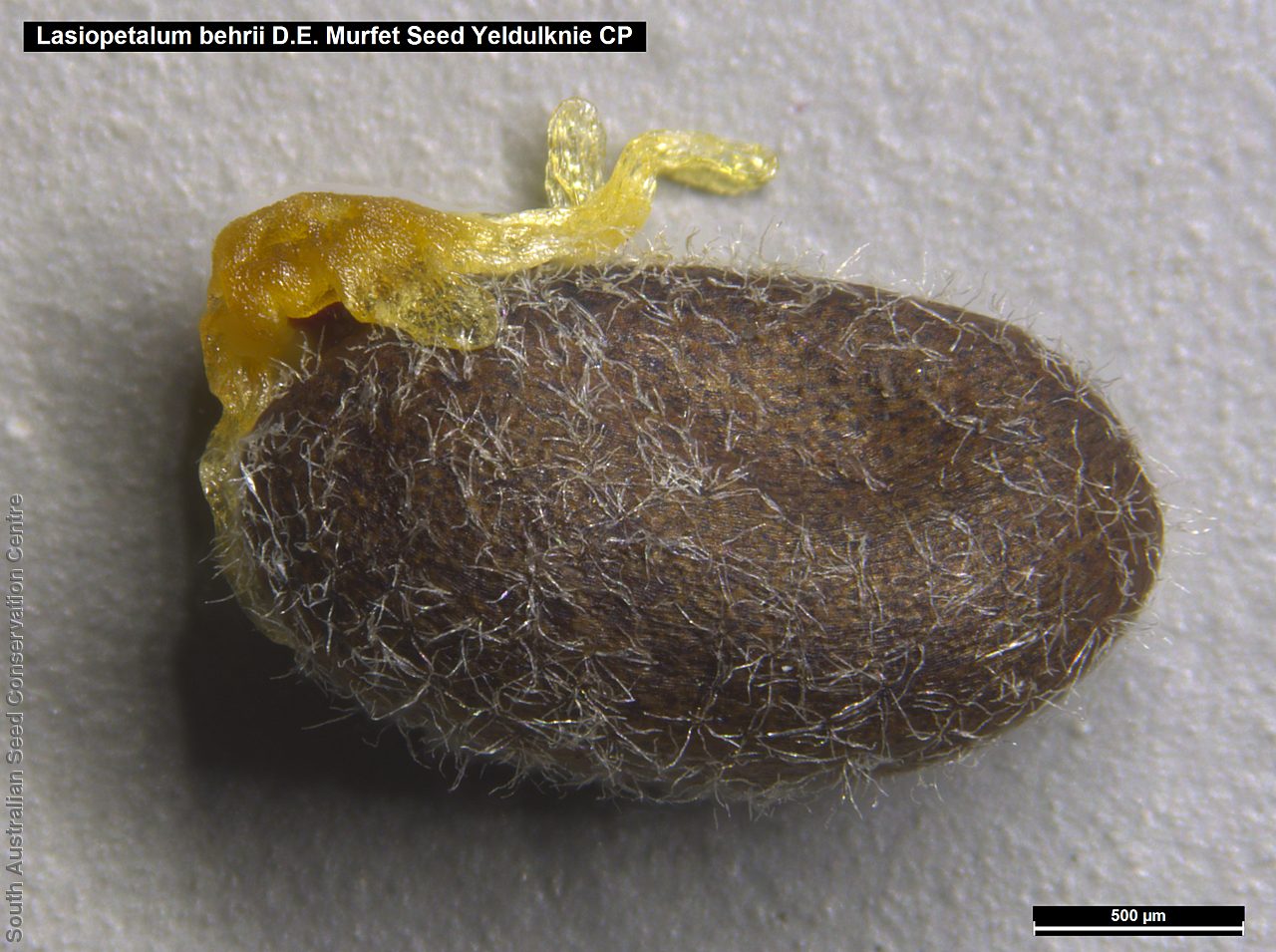
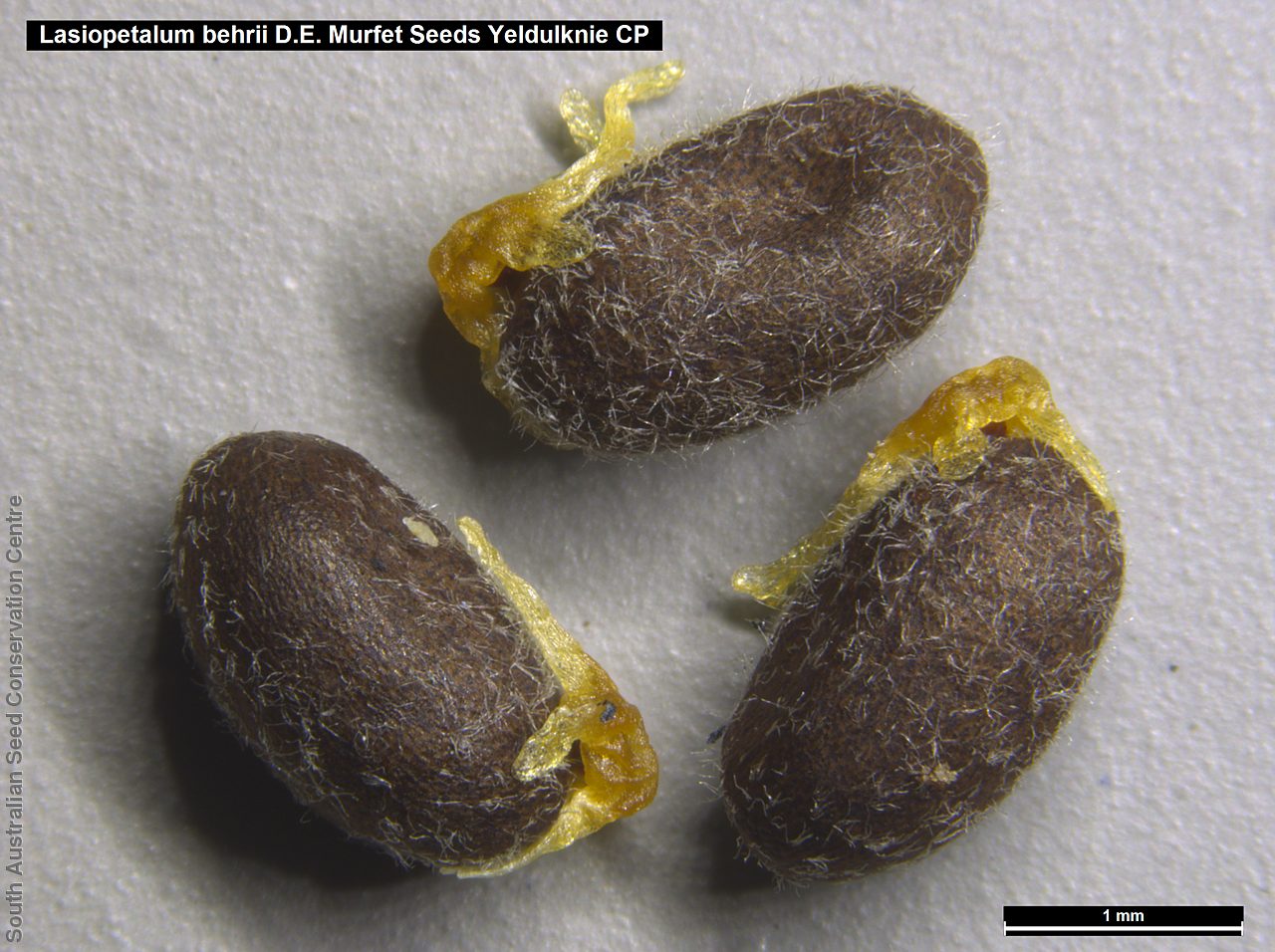
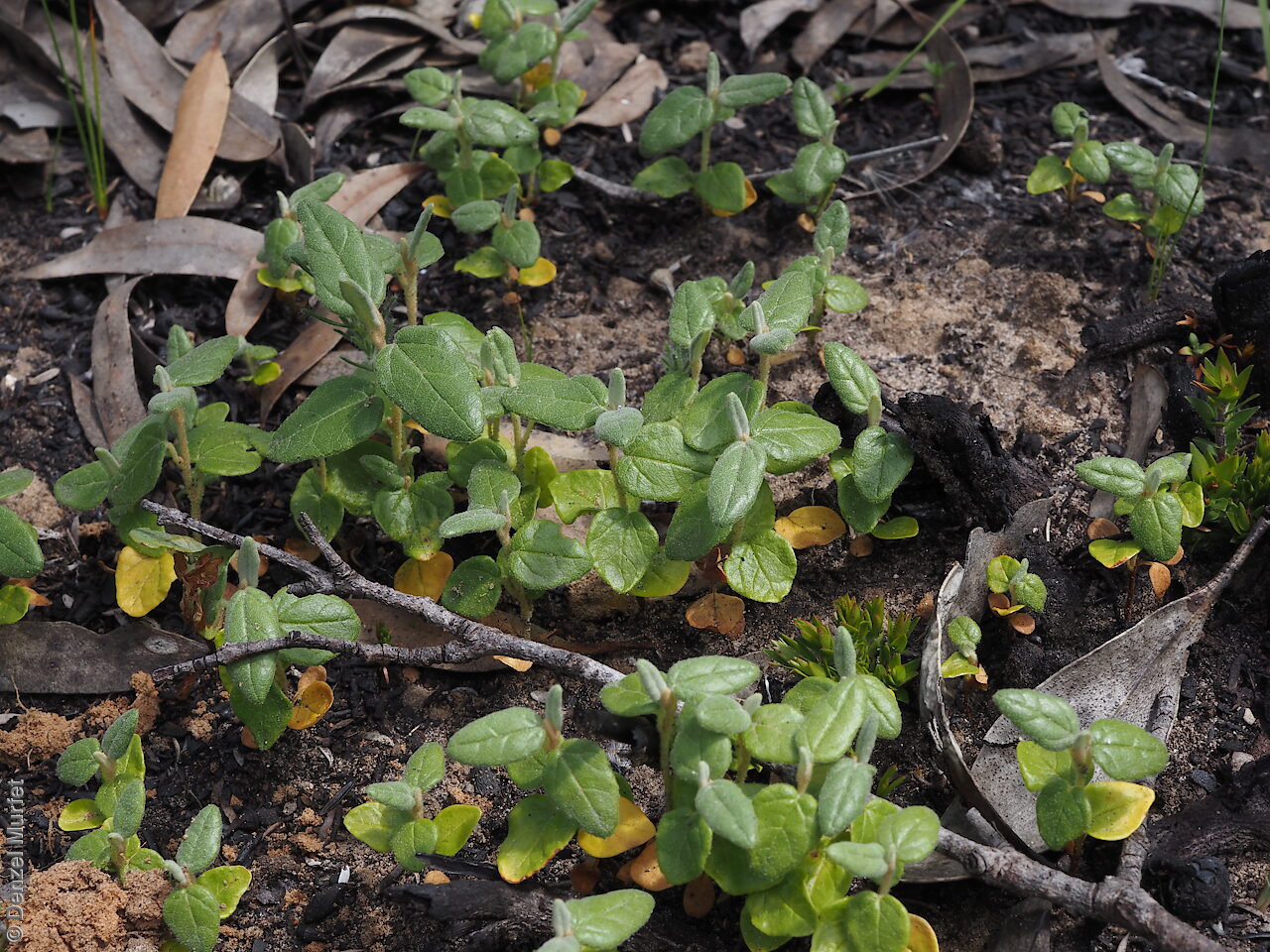
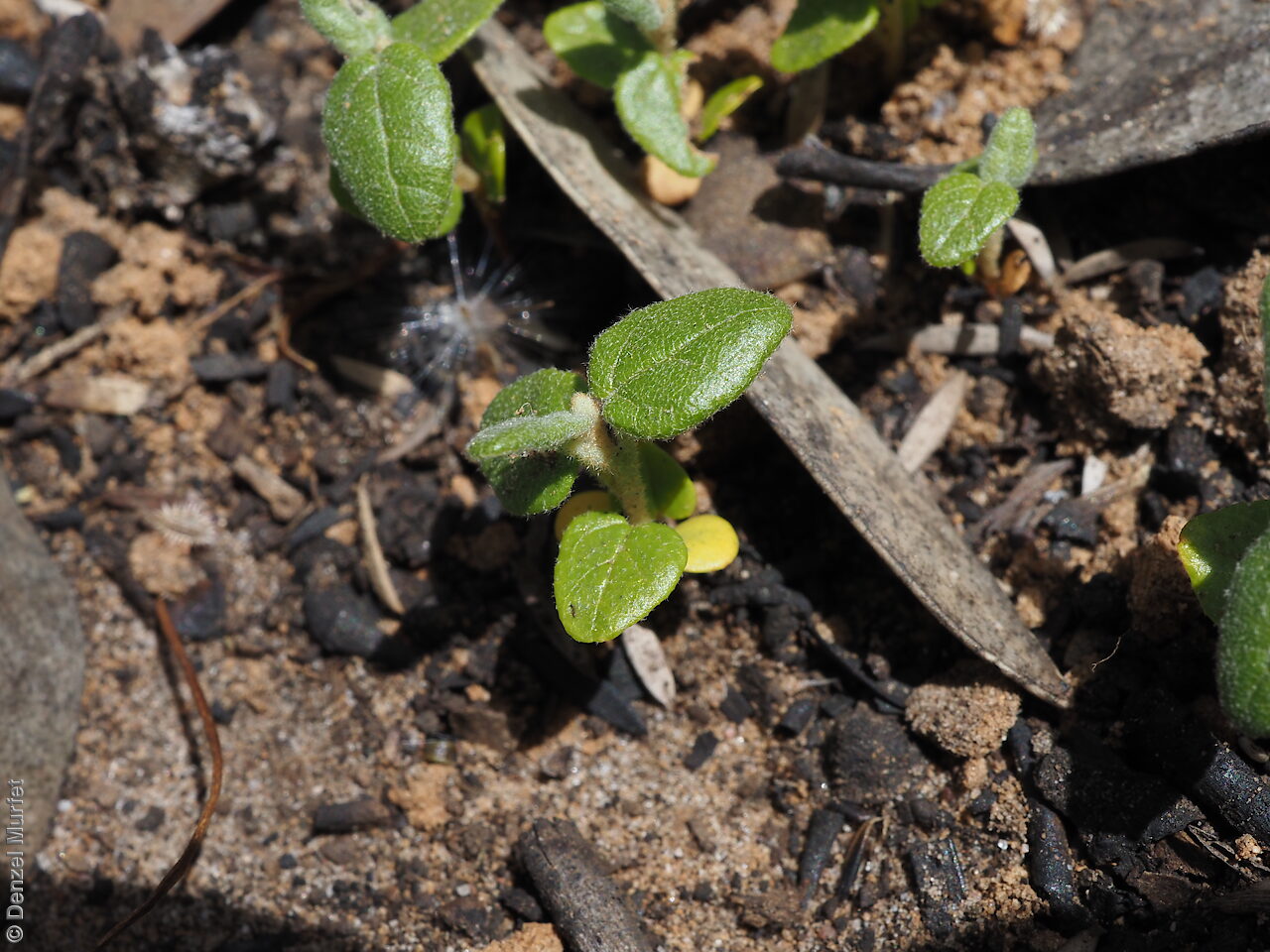
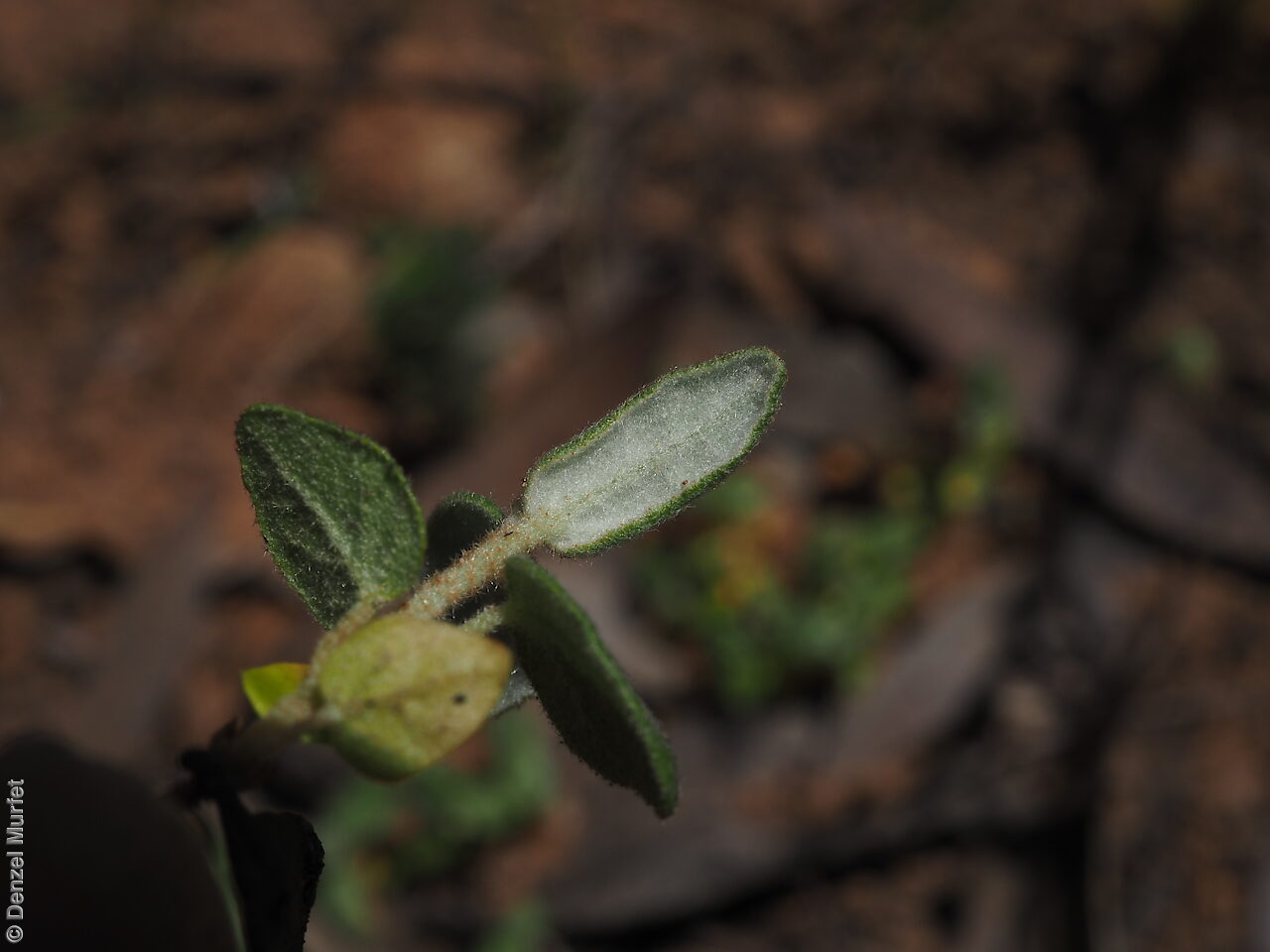

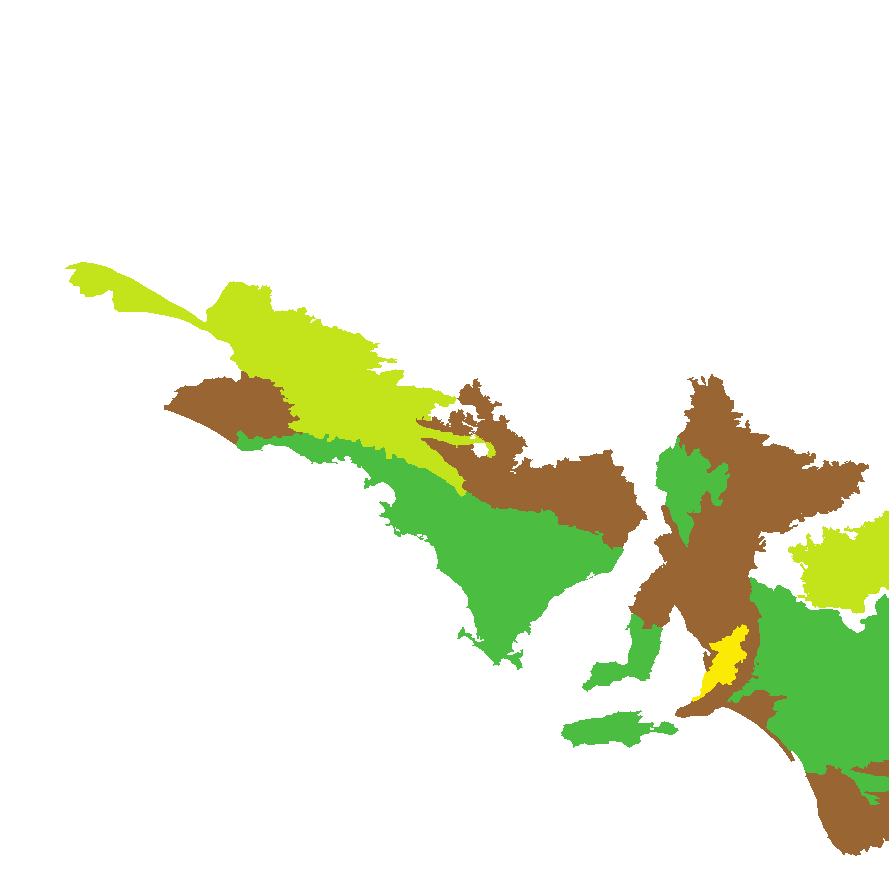
Botanical art
Etymology
Lasiopetalum, from the Greek 'lasios,' meaning hairy or shaggy and 'petalon', meaning petal, alluding to the hairy calyx. Behrii, named after Hermann H. Behr (1818-1904), a German-American doctor, entomologist and botanist, who collected plants in South Australia.
Distribution and status
Found in the southern part of South Australia growing in mallee. Also found in Western Australia, New South Wales and Victoria. Native. Common in South Australia. Rare in Western Australia and New South Wales. Common in Victoria.
Herbarium regions: Flinders Ranges, Eastern, Eyre Peninsula, Northern Lofty, Murray, Yorke Peninsula, Southern Lofty, Kangaroo Island, South Eastern, Green Adelaide
NRM regions: Adelaide and Mount Lofty Ranges, Eyre Peninsula, Kangaroo Island, Northern and Yorke, South Australian Arid Lands, South Australian Murray-Darling Basin, South East
AVH map: SA distribution map (external link)
Plant description
Shrub to 1.5 m high. Leaves lanceolate, narrowly oblong, narrowly elliptic or rarely ovate, to 9 cm long and 3 cm wide; becoming glabrous above; densely, hairy beneath; margins flat or recurved. Inflorescence in clusters with 2–8 white to pink flowers. Flowering between July and October. Fruits are hairy brown capsule to 8 mm diameter. Seed embryo type is spathulate.
Seed collection and propagation
Collect seeds between October and December. Collect capsules when they are brown and beginning to dry. Rub the fruits to check that the dark seeds are present. Look out for holes in the fruits as this is an indication that the seed has been predated. Place the capsules in a tray and leave to dry for two weeks. Then rub the capsules gently by hand to dislodge the seeds. Use a sieve to separate the unwanted material. Store the seeds with a desiccant such as dried silica beads or dry rice, in an air tight container in a cool and dry place. Seed predation can be high and seed viability can be low.
| Location | No. of seeds (weight grams) | Number of plants | Date collected | Collection number Collection location | Date stored | % Viability | Storage temperature |
|---|---|---|---|---|---|---|---|
| MSB | 2,200 (5.67 g) | 50 | 29-Nov-2005 | DJD258 Murray |
Number of plants: This is the number of plants from which the seeds were collected.
Collection location: The Herbarium of South Australia's region name.
% Viability: Percentage of filled healthy seeds determined by a cut test or x-ray.